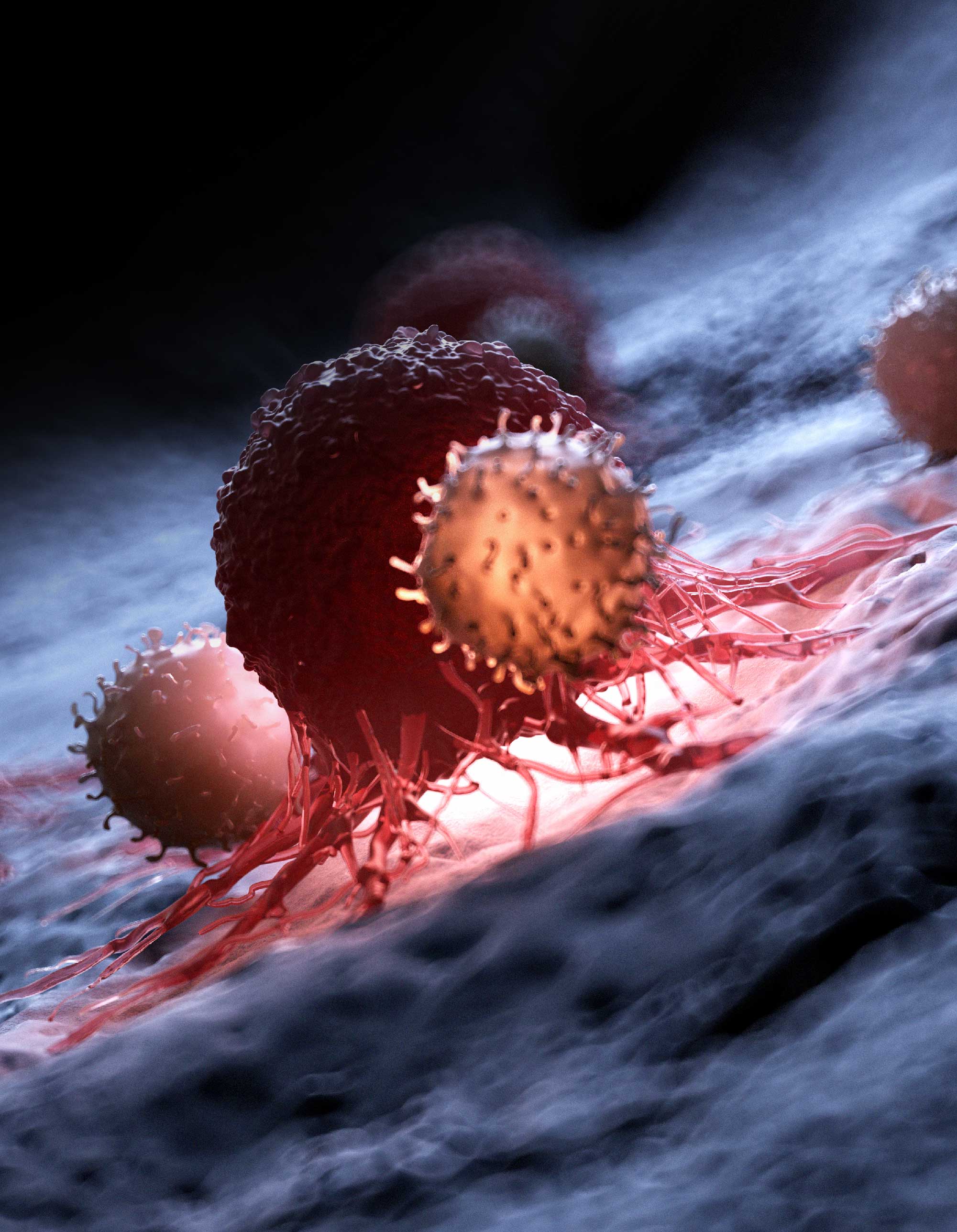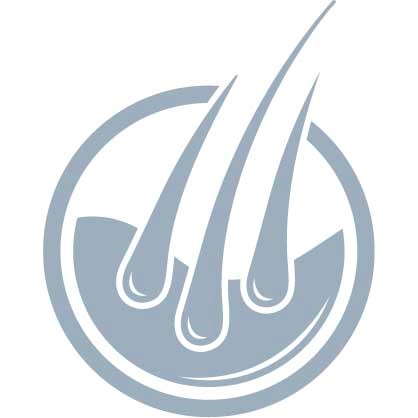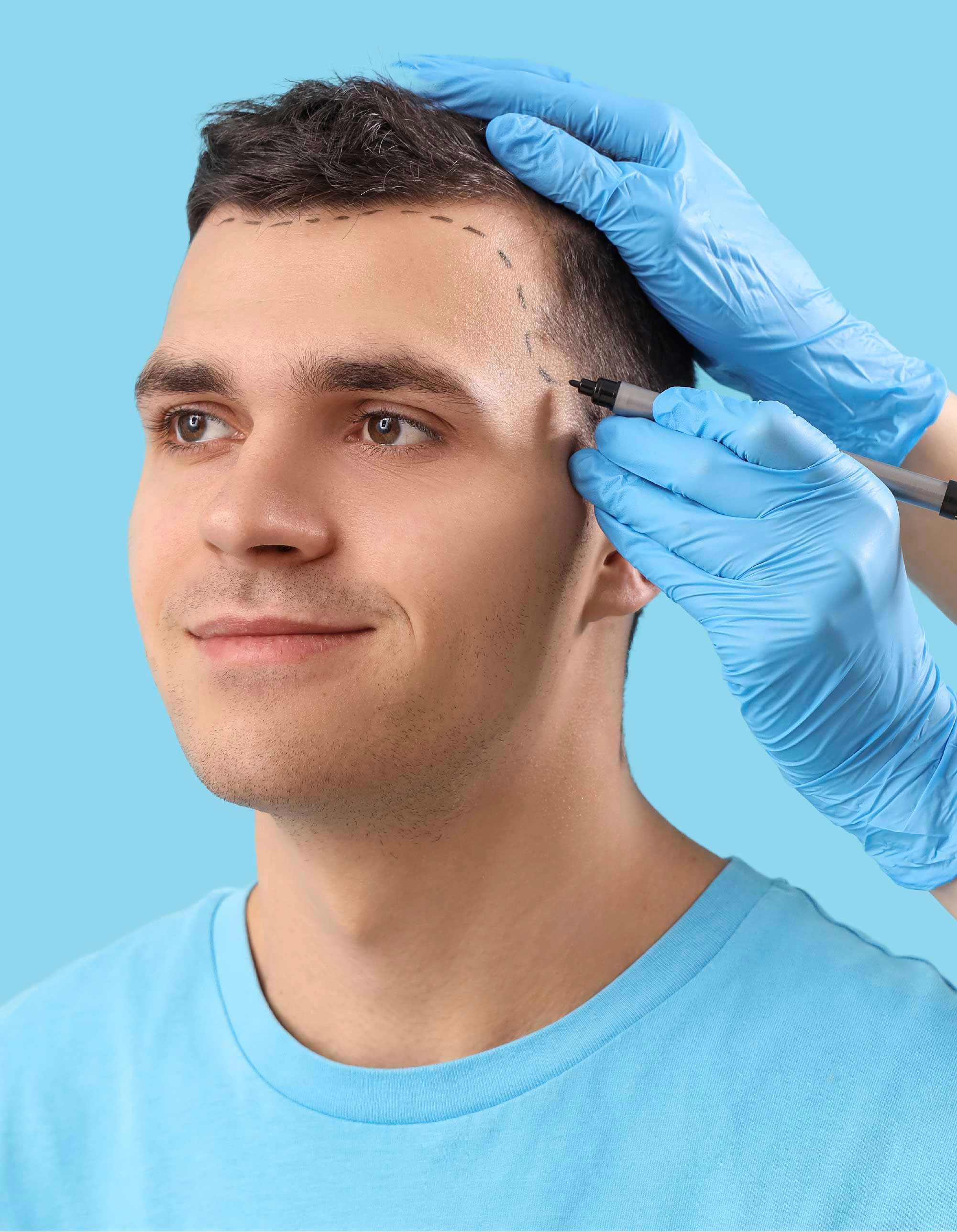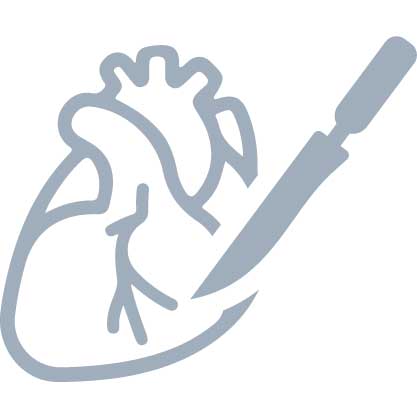
Cardiovascular Surgery
In our hospital, modern minimally invasive cardiac surgery (with less damage) approaches are applied with the latest technology.
In our hospital, modern minimally invasive cardiac surgery (with less damage) approaches are applied with the latest technology.
MINIMALLY INVASIVE CARDIOVASCULAR SURGERY
In our hospital, modern minimally invasive cardiac surgery (with less damage) approaches are applied with the latest technology.
Axillary Heart Valve Surgeries
Commonly called "underarm or closed heart surgeries, scientific name is right anterolateral mini-thoracotomy, it is a 4 or 5 cm incision from the armpit, without cutting muscle and bone and making no incision to any other part of the body. The only difference between anterior surgery and armpit surgery is the entrance. The procedure performed inside is standard heart surgery. Also; With this method, heart surgeries are performed without cutting the anterior chest bone an average of 26-30 cm and opening it. None of your bones are cut.
In which heart problems, armpit surgery is preferred?
Since 1997; We use this approach in ASD (heart hole closure), mitral valve replacement and repair, tricuspid valve repair and aortic valve replacement. Also; Similar aesthetic methods are also available in coronary bypass surgeries.
What are its advantages?
- The risk of bleeding is low.
- The risk of infection is low.
- The recovery time is much faster.
- Even the patient himself cannot see the operation site.
- Aesthetically and psychologically, the patient seems to have not been operated.
- It does not cause sexual and social problems.
- After the operation, the patient can lie in the desired position.
- After the operation, the patient does not have to avoid the blows to the chest.
- Patient can drive a car when discharged and wear his seat belt.
- Can use his arms as if he had never had surgery.
- Can lift heavy.
It is an ideal method for young patients, especially those with risk factors such as obesity, diabetes, heart failure. It is easily performed for mitral and tricuspid valves in elderly patients, but it is not preferred in patients over 75-80 years of age, those with chronic lung disease and those who have previously undergone right chest lung surgery. In this group of patients, especially in aortic valve replacement, it is preferred to open a small front window in terms of aesthetics and less damage.
Can this method be applied to children and babies?
This method was first applied by Japanese scientists for heart holes in children. In other words, it can be applied in some heart surgeries such as heart holes in children and babies.
What should patients who prefer this method pay attention to?
They should prefer our physicians who have worked for years in University or Education, research hospitals on less damaged heart surgeries, which we call Minimal Invasive Surgery, and who have proven their experience or have training certificates by publishing the patients they operated with this method in national or international scientific journals and congresses.
Is it just as reliable as other methods and what is the risk?
One hundred percent reliable. The risks of anterior and lateral surgery are the same. When there is an inoperable situation, the surgeon instantly enlarges the area and switches to the normal entry method. Therefore, the entry method does not increase the risk of the surgery performed. Risk in heart surgery is associated with delayed surgery and heart strength.
Which method is more risk-free in second heart surgeries?
It is risky to open the patient from the front for a second time and the most ideal method for second and third mitral and tricuspid valve surgeries is to perform the surgery under the armpit. However, it is not applied for the second and third time in aortic valve surgery.
BYPASS SURGERY ON THE WORKING HEART (MINIMALLY INVASIVE)
When we say Heart Surgery, we all get scared and look for ways to get away from it. They take such remedies that sometimes we hope that the doctor or someone else will say, "You don't need surgery." But in vain… the risk increases a little more every day we run away and we may lose the chance of surgery. However, it should be the best to research "how can I get through this surgery lighter" Because in recent years, these surgeries can be performed by minimizing the intervention site we call "minimally invasive cardiac surgery" and without using a heart-lung machine, that is, without stopping the heart.
What advantages does this provide?
1. Reduction of surgical trauma and blood loss
It provides great comfort for the patient that the chest bone is not opened all along or not at all. It's like the difference between a stick of a needle and a large nail. The bleeding will be less due to the small amount of the opened area. In addition, postoperative pain is reduced.
2. Quick recovery and early discharge
The small wound heals quickly, especially if there is no bone and muscle incision, the patient gets up early. Patient can lie in the desired position on the bed and turn. Using his hands and arms, patient can meet his own daily needs. Patient can wear his seat belt, he does not have to avoid a blow to his chest.
3.Better cosmetic appearance
In these operations performed under the armpit, under the breast or under the breast, even the patient may not be able to see the operation site himself. Within a month, the intervention location becomes vague. It is preferred especially for young people, women and children.
4. Preventing Sexual and Social Problems
In open heart surgeries performed by stopping the heart and cutting the breastbone from beginning to end, many organs, especially the brain and heart, are affected by the heart-lung pump. Postoperative hair loss, personality changes, sexual reluctance and dysfunction may occur. In addition, sexual intercourse is prohibited until the breast bone is healed. However, none of these problems occur in aesthetic surgeries performed while the heart is working. The patient returns to his normal performance in a short time.
5. Low risk of infection,
The immune system is not damaged, the blood is not mechanically traumatized, and the blood cells remain intact. As a result of all these, the risk of infection and inflammation of the intervention site are very rare.
6. Reduction of brain, kidney and lung complications
When the heart-lung pump is not used, blood cells are not affected and complications such as brain damage, stroke, kidney failure, etc.
Due to these advantages, they are the most preferred surgical techniques today.
BUERGER'S DISEASE
Slight bruising on our feet or fingers or the wound on the nail can sometimes lead to the cut of our fingers. Usually we do not care much about these complaints and when we lose our finger we cannot believe it. Think of it first, your toe is cut off and later on your foot is cut off…. Your limb is gone!… And then the other foot, then the hands and the arm …… Here is this insidious disease, the result of which is terrible "Buerger"… No one should say I will not have it! Because although it is frequently seen in smokers and men, although the cause is still unknown, there is also familial transmission.
What would we do if we didn't have at least one of our feet that we didn't care about and that carried us for years?
The disease is usually seen in men aged 20-50 who smoke. Its symptoms are completely caused by blood circulation deficiencies that develop as a result of vascular narrowing or occlusion. Pain when walking on the calf, light hair loss, and above all, cold, cramping and bruising in our toes are the main complaints. If the bruising on the finger is delayed as a result of a small wound while cutting our fingernail or tightening of tight shoes, it is necessary to see a specialist without delay. Unfortunately, we use many ointments to heal these wounds, and as a result, inflammation accompanies. Those who cannot find the cure have to accept that the finger is amputated.
Although the patient loses a limb, he continues to smoke. However, stopping smoking can reduce the progression of the disease. Fingers and feet can be saved with very simple treatments such as simple abdominal surgeries (LOMBAR SYMPATECTOMY SURGERIES) and smooth muscle relaxants to heal the wound and enlarge the small-diameter arteries. As long as finger or foot ulcers and gangrene develop before the treatment comes. Fingers can also be involved in the disease at a rate of 30%. Hand treatment (THORACAL SYMPATECTOMY) is more successful.
CAROTID ARTERY SURGERIES
Atherosclerotic plaque creates a swelling in the carotid artery and prevents blood flow to the brain, and sometimes it also causes clotting, and as a result, stroke and paralysis may develop. Surgery to remove the inner layer of the carotid (carotid) so as to include the atherosclerotic plaque is called carotid endarterectomy. Carotid endarterectomy (removal of intravenous lime) surgery is the most effective treatment method known in this field, and it prevents the events such as stroke and paralysis that may develop as a result of carotid stenosis.
There are two jugular veins (carotid) on both sides of the neck that carry oxygenated blood from the heart. Approximately at the level of the chin, these veins are divided into two separate veins, internal and external. While the outer carotid gives the branches that nourish the face and scalp, the inner carotid directly enters the skull and feeds the brain. As the age progresses, atheroma plaques may occur on the inner surface and wall of cholesterol and fat circulating in the blood.
As the plaque grows, the vein begins to narrow and harden. This is called atherosclerosis. In the carotid, the plaque usually develops in the inner and outer carotid form where the vein divides into two and extends more to the inner carotid. Since the surface of the plate is uneven, it begins to be covered with blood clots over time. When this event progresses, the vessel is completely blocked and the blood flow to the brain decreases significantly, and this usually results in paralysis. In addition, the gradual swelling of the plaque may ultimately lead to cracking and the fragments in it breaking off the vessel wall and going to the brain, blocking the smaller vessels in the brain, and as a result, paralysis, blindness and speech disorders.
Endarterectomy surgery is performed for plaques that are narrow enough to cause a stroke threat.
Surgery indications (necessity)
Endarterectomy should be performed if there is severe stenosis (70% and above) that can cause the threat of paralysis, if temporary or permanent paralysis has caused blindness or speech disorders.Mild moderate paralysis in the last 6 months and 70% stenosis in the carotidIf there is a severe stenosis (more than 80%) in the carotid and does not have a complaint, the patient should be operated because the risk of paralysis is very high.Carotid endarterectomy is performed first, in the same session or after, depending on the patient's condition, in people who will undergo cardiac bypass surgery due to disease in their coronary vessels.
NON-SURGICAL VARICOSE TREATMENT
Today, especially the fearful dreams of women, but also evident in men, the disorders we call varicose veins occur as a result of the damage of the small valves in the veins that carry the dirty blood (poor in oxygen) to our heart against the gravity of the legs. Increased blood pressure within the vein can cause cosmetic problems, a feeling of heaviness in the legs, numbness, burning, edema and even ulcerated wounds. Although many factors are blamed in the formation of varicose veins, the cause of the disease has not been clearly determined yet. These factors are;
- Prolonged inactivity
- Standing constantly
- Excess weight
- Smoking
- Pregnancy and
- Genetic reasons ....
It is no longer a feared treatment method today. Because the treatments and surgeries performed without leaving scars can restore your legs. Among these; Foam therapy, whose Latin name is sclerotherapy, is one of the common methods used in the treatment of visible thin and medium capillaries. It is based on the principle of entering into the vein with thin-tipped needles, a foaming chemical when combined with blood adheres the vascular walls and eliminates the diseased area. It is a method that takes a short time to apply, can be performed under polyclinic conditions, gives immediate results, is painless and does not require anesthesia.
Excisional Laser: It is a trendy treatment method used in the treatment of superficial capillaries. The success rate is 80%. It especially destroys spider web images.
Endovenous Laser Ablation: It is a method based on the application of laser current with the help of a guidewire by inserting a small needle into the vein causing varicose veins. It is a very comfortable, easy-to-apply treatment method with very little bleeding and post-operative bruising. It is getting more widespread.
Radiofrequency ablation: Similar to laser ablation technique, it is a method applied by using radio waves instead of laser current into the vein. It has no superiority to laser treatment in terms of success rate.
In addition, some drugs can be used to heal the cells lining the inner surface of the veins and thus increase the strength of the veins. Diuretics and pain medication can be added to the treatment to relieve edema.
With these treatment methods, varicose veins are no longer a fearful dream.
However, early diagnosis and treatment are important for life comfort. Regardless of the stage, it is possible and easy to treat and apply treatment methods. Postponing and avoiding illness raise bigger problems. As a branch, it is within the area of work of cardiovascular surgery specialists. In particular, we recommend that individuals at risk and with symptoms of the disease consult physicians specialized in this area. It is gratifying to fight the disease with the treatment methods chosen and applied correctly in the hands of experts.
LASER TELENJECTASIA (spider web red spots) TREATMENT
When very thin capillaries under the skin expand, the image in the form of a red spider web is very disturbing, especially for women. These are not serious illnesses and do not cause discomfort. The latest technological treatment of this disturbing image is Laser application. These untreated cobweb structures spread rapidly.
It is a treatment performed by applying light carrying high heat energy to the vein. It is a method used in the treatment of capillary varicose veins. It is based on the principle that the intense laser light applied on the skin cooled with ice mold is held by the darker varicose and warms and disappears. The vessel wall and the blood cells in it, which are warmed up to 70-90 degrees, are destroyed and carried by the body and destroyed. It provides permanent treatment for the applied capillary varicose veins, that is, the treated vessel disappears forever.
Advantages
- Application is easy and painless, no drugs or narcosis required.
- It does not require rest, the patient can continue to work during the treatment.
- Does not leave permanent traces (scars are an important problem especially for women wearing skirts)
- It can be applied to any area including the face.
- If there are stains in the application area, they will heal.
- Leg hair may fall out or weaken as the hair roots may also be affected.
- It is not necessary to use bandages or compression stockings during and after the treatment.
HEART HEALTH IN CHILDHOOD
Prevention of heart disease, which is seen as a serious problem in later ages, starts from childhood. Heart diseases that are treated with the correct diagnosis in childhood can be prevented from becoming problems in the future.
Cardiac diseases seen in childhood are divided into three as "Congenital heart disorders, Rheumatic heart diseases and Rhythm and electrical conduction disorders". Congenital heart diseases are seen at a rate of 1%. The most common of these is ASD, known as inter auricular hole. These types of holes can be closed very easily by surgery. Especially, it is a great comfort for both the child and the parents that it can be performed with a small operation under the right armpit. The same method can often be applied in the treatment of heart valves in children. Long-acting penicillin treatment has decreased the frequency of valve diseases until the age of 30s. n addition to regular nutrition of our children, physical activity and sports have reduced the incidence of this type of heart disease.
HEART DISEASES IN CHILDHOOD
1. Congenital heart defects:
They are anomalies that occur as a result of the failure during the development of the baby in the mother's womb. These disorders, also known as heart holes, have many different forms. In addition, developmental disorders in the auricles and ventricles and coronary vessel anomalies can be found together or alone. This group of heart diseases is the most common.
2. Rheumatic Heart Diseases:
Common throat infections occur especially with streptococcal microbes known as beta. This group involves the heart valves and although it is more common in developing countries, it is still active in our country. It can be easily treated with careful follow-up and timely intervention.
3. Rhythm and electrical conduction disturbances:
These are the disturbances in the electrical stimulation and conduction system that make the heart work slow, pause and accelerate. It mostly manifests itself in school age and adult ages. Congenital heart anomalies can also be found with this ailment and this occurs as the cause. Sometimes there is no underlying cause. In addition, heart muscle inflammation and pericarditis occur as the underlying cause.
AORTA ANEURYSM
Aortic vessel rupture (dissection), which is among the cause of death in perhaps a quarter of high blood pressure patients every day, may be the cause of sudden death or may be experienced unconsciously and may appear in general screening tests.
It is difficult to know when this time bomb, which we are often unaware of, could explode. In fact, every person with high blood pressure, over the age of 50, smoking, overweight should definitely have a computerized tomographic angiography at least every 2 years or at least have an echocardiography. Because the expansion of the vein before this rupture may be a sign. This means to be operated before tearing starts and the risk is low.
Aortic rupture occurs in two ways. A tear that occurs between the walls of the vein that comes out of the aorta and the heart and carries blood to the whole body, but does not leak blood out of the vein, which requires urgent operation. Another form is that the wall of the main aortic vessel bursts completely and the blood comes out (into the chest, into the abdomen). In such a situation, patient cannot even be taken to the hospital, death is sudden and often the cause of death is unknown and is considered as a heart attack. This situation can only be detected accidentally with preliminary examinations and it is taken into operation before bursting out.
It is very important not to waste time for diagnosis. The risk of the operation increases according to the size of the tear. Especially if the aortic vein goes from the outlet to the area that includes the carotid artery, the risk is high, especially if it descends into the abdomen to include the kidney vessels, the risk of the operation is at the highest level.
Over the age of 45, smokers, high blood pressure patients, diabetics, cardiac patients should definitely not miss follow up visits
Doctors
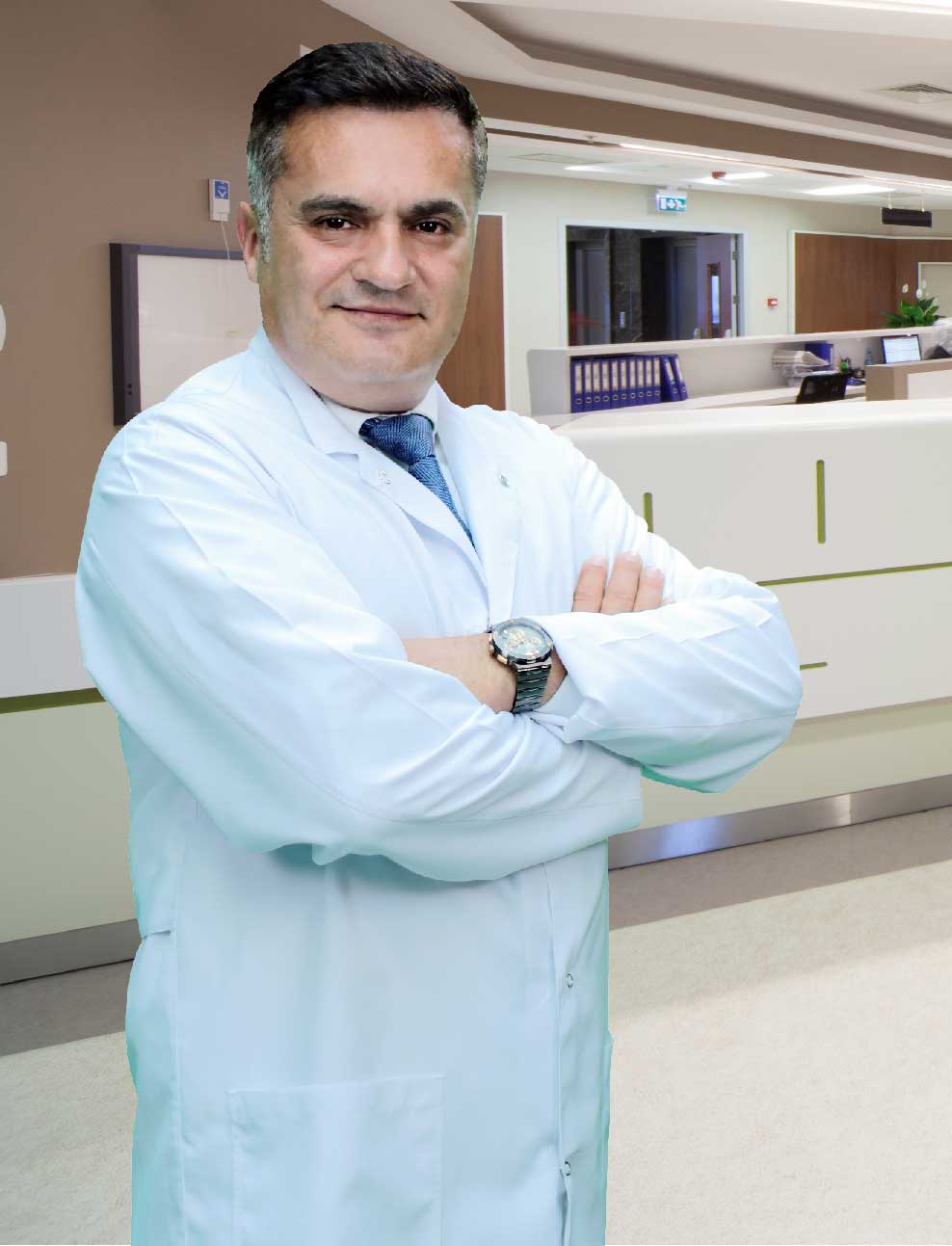
Hüseyin GEMALMAZ
M.D.


